How Do Prokaryotes Reproduce
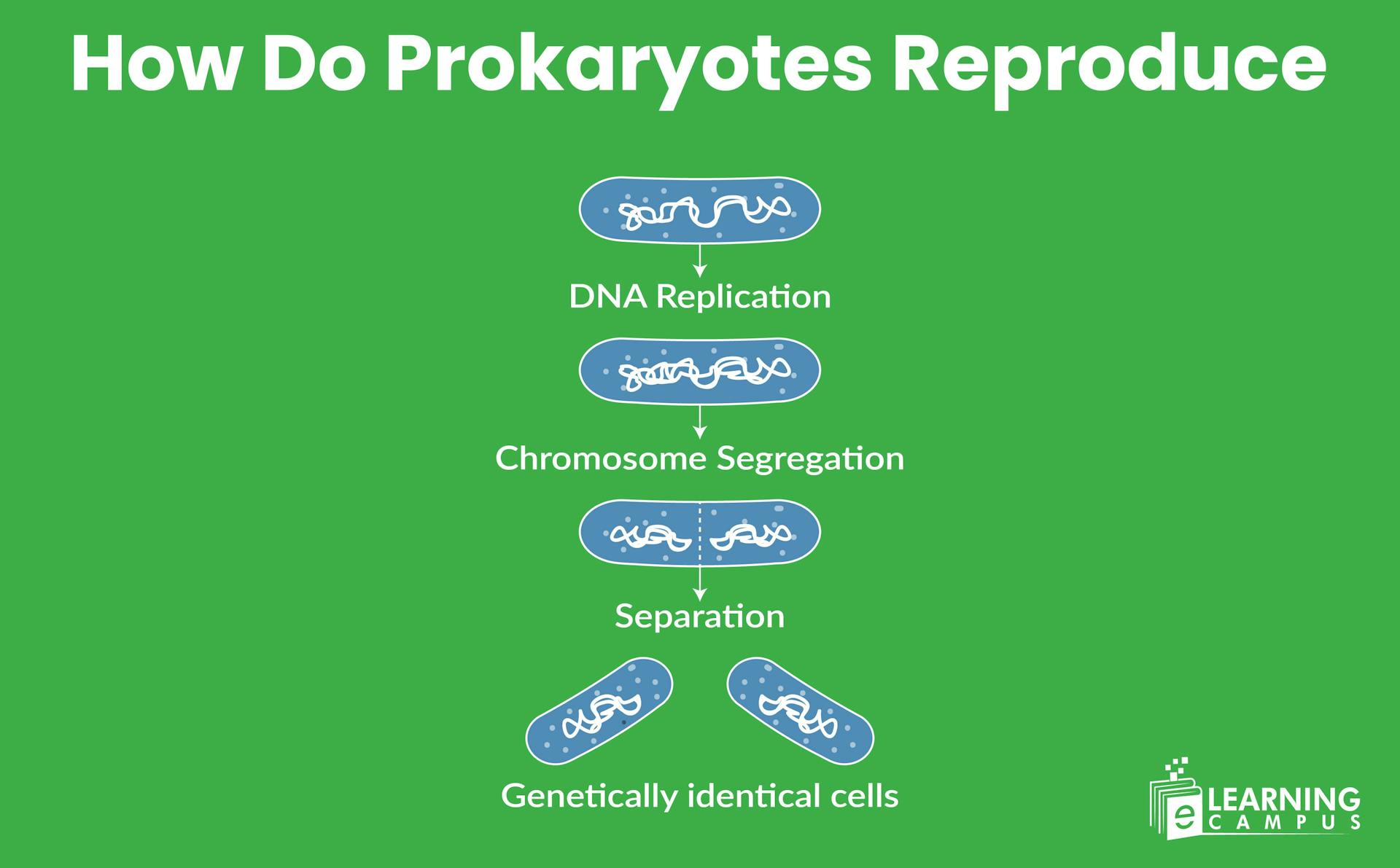

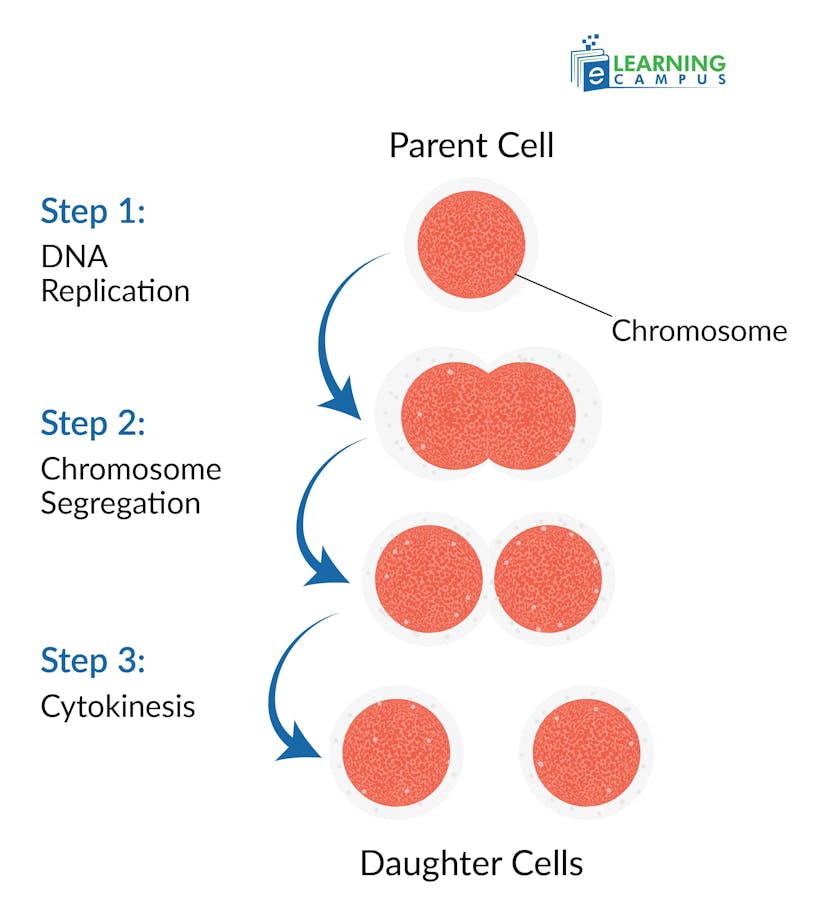
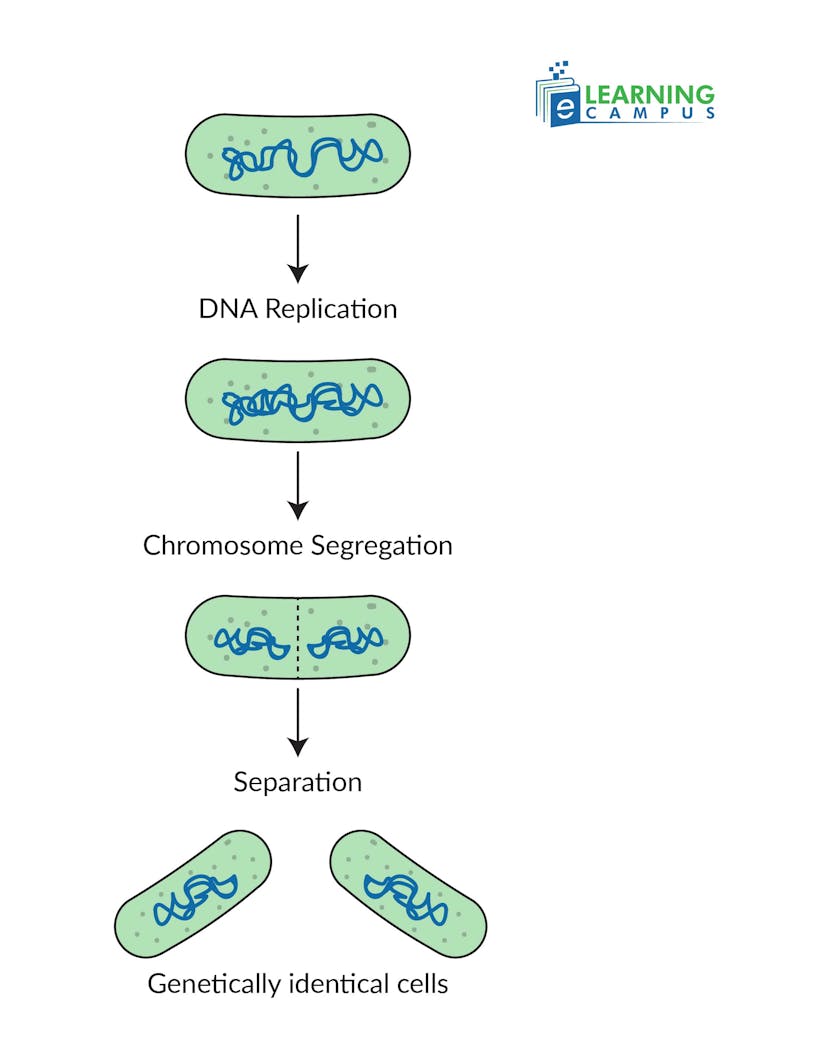
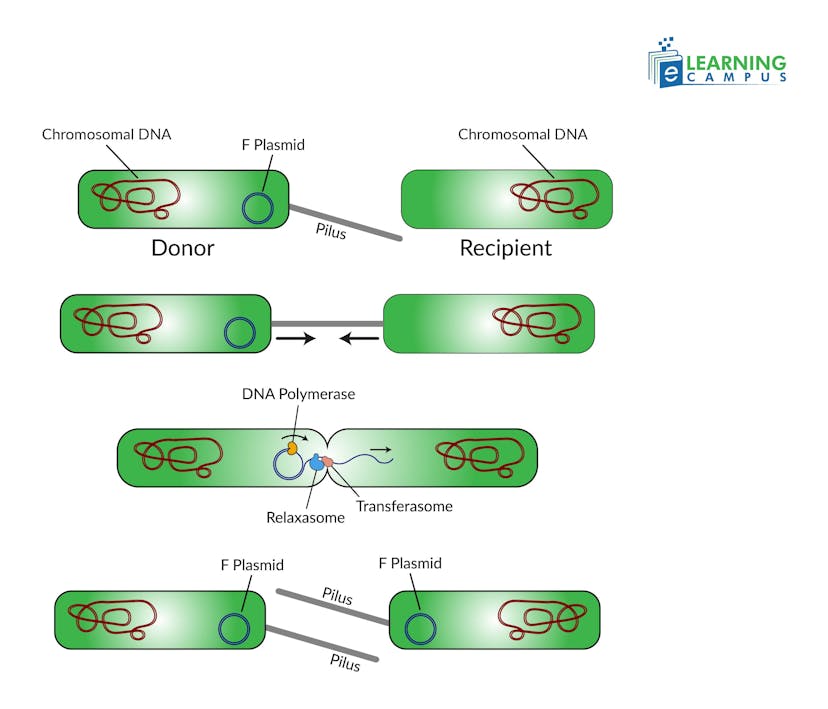
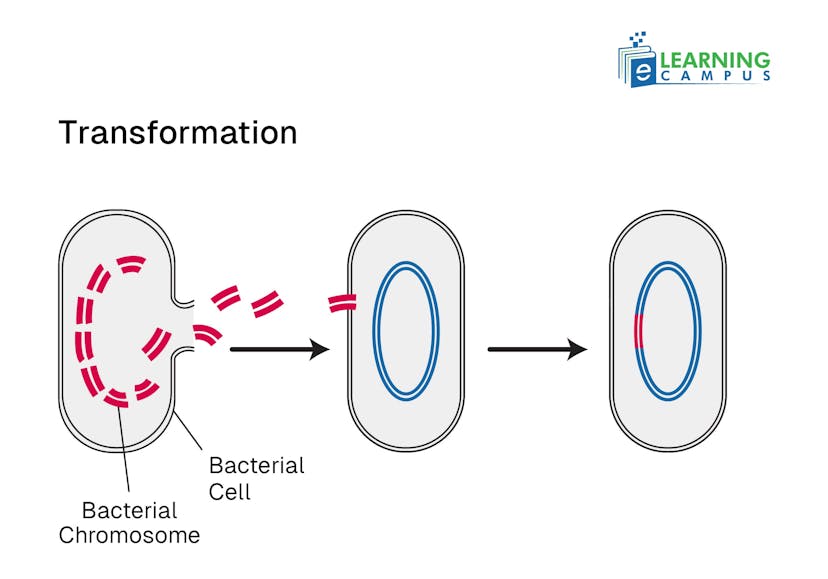
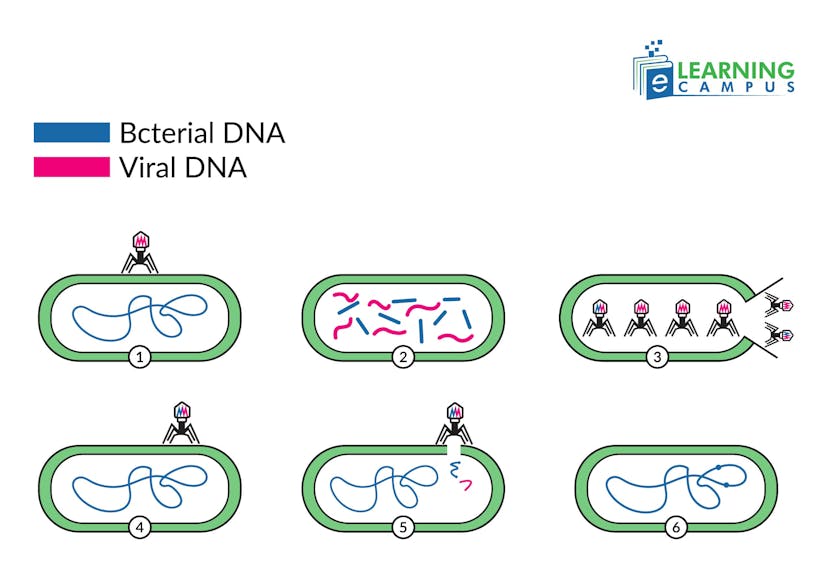
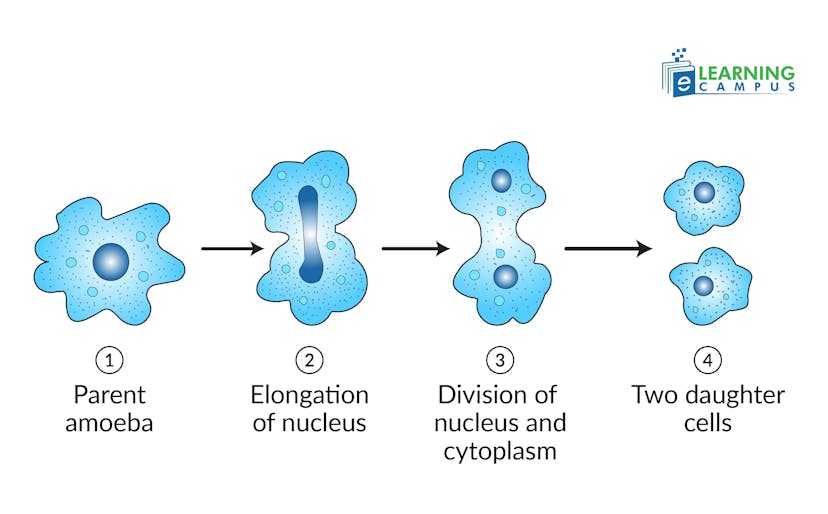
Imagine organisms so small that you would need a microscope to see them, but they are reproducing faster than you can blink. These prokaryotic organisms have been reproducing for billions of years, and their methods are both surprisingly simple and efficient.
While complex organisms like humans take months or years to reproduce, prokaryotes can create identical copies of themselves within minutes. They are small, unicellular organisms and do not have membrane-bound organelles. They include bacteria and blue-green algae. But the question is, how do prokaryotes reproduce?
If this question bothers you, this blog is for you. In this blog, we will explain how simple single celled prokaryotic organisms reproduce.
The Prokaryotes reproduce primarily through an asexual process called binary fission. It is a process where a single cell divides into two genetically identical daughter cells. This is a form of reproduction in which the formation of gametes and the fusion of nuclei do not occur.
Binary fission is the primary method of reproduction for prokaryotic organisms, like bacteria, where a single cell divides into two identical daughter cells. It is the simplest form of reproduction. Below is a clear explanation of each step in the process.
The prokaryotic cell grows in size to prepare for division. Its single, circular DNA chromosome, which is located in the nucleoid region, is replicated to produce two identical copies.
This replication starts at a specific point called the origin of replication. It is carried out by enzymes like DNA polymerase. The cell ensures that it has enough resources, such as nutrients and proteins, to support the growth and division process.
As the cell continues to elongate, the two copies of the chromosome are pulled apart to opposite ends (poles) of the cell. This segregation is facilitated by proteins that help to move the DNA molecules.
Unlike eukaryotic cells, prokaryotes lack a mitotic spindle. So this process relies on simpler mechanisms, such as interactions with the cell membrane or protein complexes. It ensures each future daughter cell gets one copy of the chromosome.
A protein called FtsZ forms a ring-like structure at the midpoint of the cell (equator). This FtsZ ring acts like a scaffold that guides the formation of a new cell wall and membrane. This process is called cytokinesis.
The ring contracts and pulls the cell membrane inward. Other proteins assist in synthesizing new cell wall material, such as peptidoglycan in bacteria, at the division site. This process is called septation, and it physically separates the cell into two compartments.
The FtsZ ring continues to contract, causing the cell to pinch inward at the equator. The new cell wall fully forms and completes the separation. This results in two distinct, identical daughter cells.
Each cell contains one copy of the chromosome and roughly half of the parent cell’s cytoplasm and organelles, i.e, like ribosomes. These daughter cells are now independent and can grow and repeat the process.
Bacteria are prokaryotic organisms and belong to the Kingdom Monera in the Five Kingdom system. Bacteria reproduce by Binary fission. In this process, bacteria divide into two identical daughter cells. This process is typically rapid, with the time taken to double the cell population called the doubling time. The speed and conditions for binary fission vary depending on the bacterial species.
Bacteria require specific environmental conditions to grow and divide effectively. These include:
Mesophiles
Extremophiles
Bacteria reproduce by asexual reproduction called binary fission. The process of binary fission in bacteria involves the following steps:
The first step in the reproduction of bacteria is DNA replication. The single and circular bacterial chromosome begins to replicate. It starts from a specific point called the origin of replication. This process continues until there are two identical copies of the chromosome.
In this phase, the bacterium grows in size. It elongates and increases its cytoplasmic contents. The two replicated chromosomes attach to different points on the cell membrane.
As the cell continues to grow and the membrane expands, these attachment points move apart. They pull the two chromosomes towards opposite ends of the cell.
A new cell wall and membrane begin to form in the center of the elongated cell. It creates a division known as a septum. This septum separates the two segregated chromosomes.
The septum continues to develop until it completely divides the parent cell into two new and smaller daughter cells. Each daughter cell is genetically identical to the parent and receives a complete copy of the DNA and necessary cellular components.
In addition to binary fission, bacteria have several other forms of reproduction and genetic exchange. These processes allow bacteria to reproduce and survive harsh conditions. It increases the genetic diversity and enhances their adaptability.
The other forms of reproduction in bacteria include;
In budding, a small outgrowth or bud forms on the parent bacterium. They grow in size while still attached to the parent cell. Eventually, the bud detaches and becomes an independent and genetically identical daughter cell.
Under the harsh conditions, certain bacteria form a protective structure called an endospore. It is a thick-walled, dormant structure that protects the bacterium’s genetic material. Endospores can withstand harsh environments and remain viable for long periods until favorable conditions return. It allows the bacterium to resume growth.
Bacteria exchange genetic material and increase genetic diversity through processes like conjugation, transformation, and transduction. These methods are collectively known as horizontal gene transfer (HGT). It is not reproduction in a true sense, but a genetic recombination that introduces genetic variation. These methods include:
In conjugation, one bacterium transfers a segment of its DNA to another bacterium. It is done through a pilus, a protein tube that connects the two cells. The transferred DNA is often a plasmid that can carry beneficial traits, such as antibiotic resistance.
This process enhances genetic diversity between the donor and recipient bacteria.
In transformation, bacteria absorb free DNA from their environment. They get it from dead bacterial cells. The absorbed DNA can be incorporated into the bacterium’s genome and introduce new genetic traits.
This process allows bacteria to acquire new characteristics without direct cell-to-cell contact.
Transduction is the transfer of genetic material from one bacterium to another through a virus. In transduction, Bacteriophages (viruses that infect bacteria) transfer bacterial DNA from one bacterium to another during infection.
When a bacteriophage infects a bacterium, it may accidentally package bacterial DNA. When this new virus infects another bacterium, it injects the DNA of the previous bacterium into the new bacterium.
This transfer can introduce new genetic material to the recipient bacterium and increase its genetic variation.
An amoeba is a prokaryotic organism. Prokaryotic cells reproduce by a process called Binary fission. In amoeba, binary fission is an asexual reproduction method in which a single parent cell divides into two identical daughter cells. These cells are genetically identical to the parent.
The fully grown parent amoeba first accumulates nutrients and grows in size in preparation for division.
The single nucleus within the amoeba replicates itself, undergoing mitosis to form two genetically identical nuclei. These nuclei then move to opposite poles of the cell.
The parent cell elongates, and a constriction begins to form in the middle of the cell's cytoplasm. This constriction deepens, eventually pinching the cell membrane inward.
The cell completely divides into two halves. Each half contains a nucleus and cytoplasm, forming two separate, genetically identical daughter amoebae.
Binary fission is an important topic to be prepared for medical college entry tests. You can prepare for the MCAT online with expert tutors.
The prokaryotes reproduce asexually. They do not undergo mitosis and meiosis. Mitosis and meiosis are complex cell division processes that are found only in eukaryotes, which are cells with a defined nucleus.
Mitosis and meiosis are complex processes that need highly centralized organelles. But prokaryotes lack these organelles. The reasons for prokaryotes not having mitosis and meiosis include;
Prokaryotes reproduce asexually through binary fission, a process where a parent cell's DNA replicates, and the cell divides into two genetically identical daughter cells. Although this creates clones and lacks genetic variation, prokaryotes can also transfer genes between cells through conjugation, transformation, and transduction to introduce genetic diversity.
Are you struggling with your Biology exams and don’t know how to prepare for them? We are at your service. We have expert online science tutors with years of experience in helping students prepare for exams and maximize their marks. You will receive targeted guidance and preparation for exams, ensuring guaranteed success.
